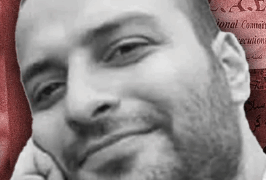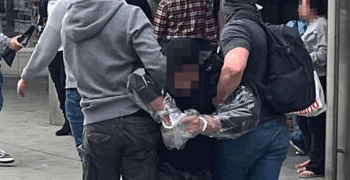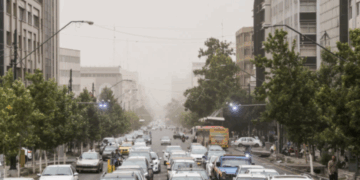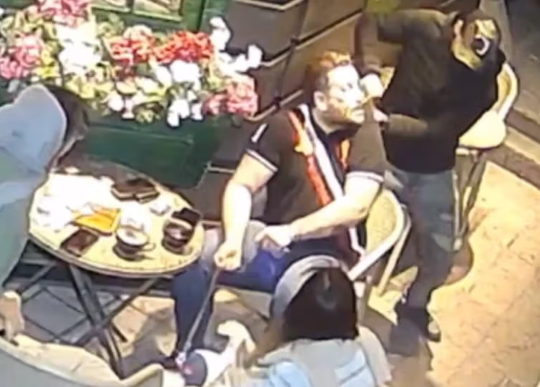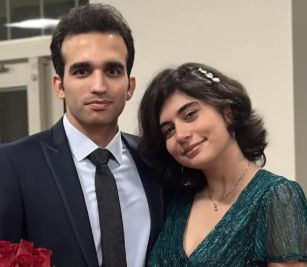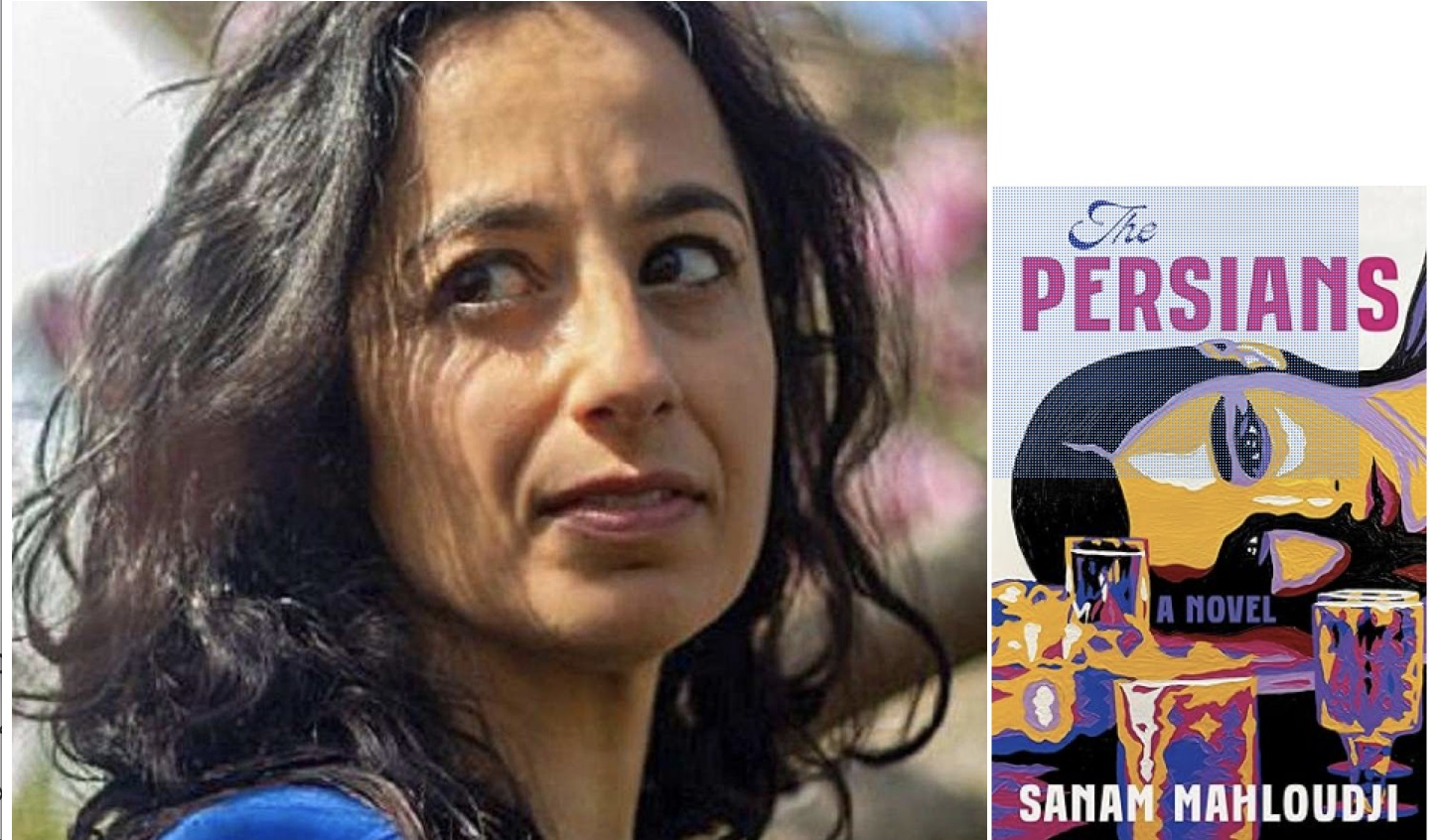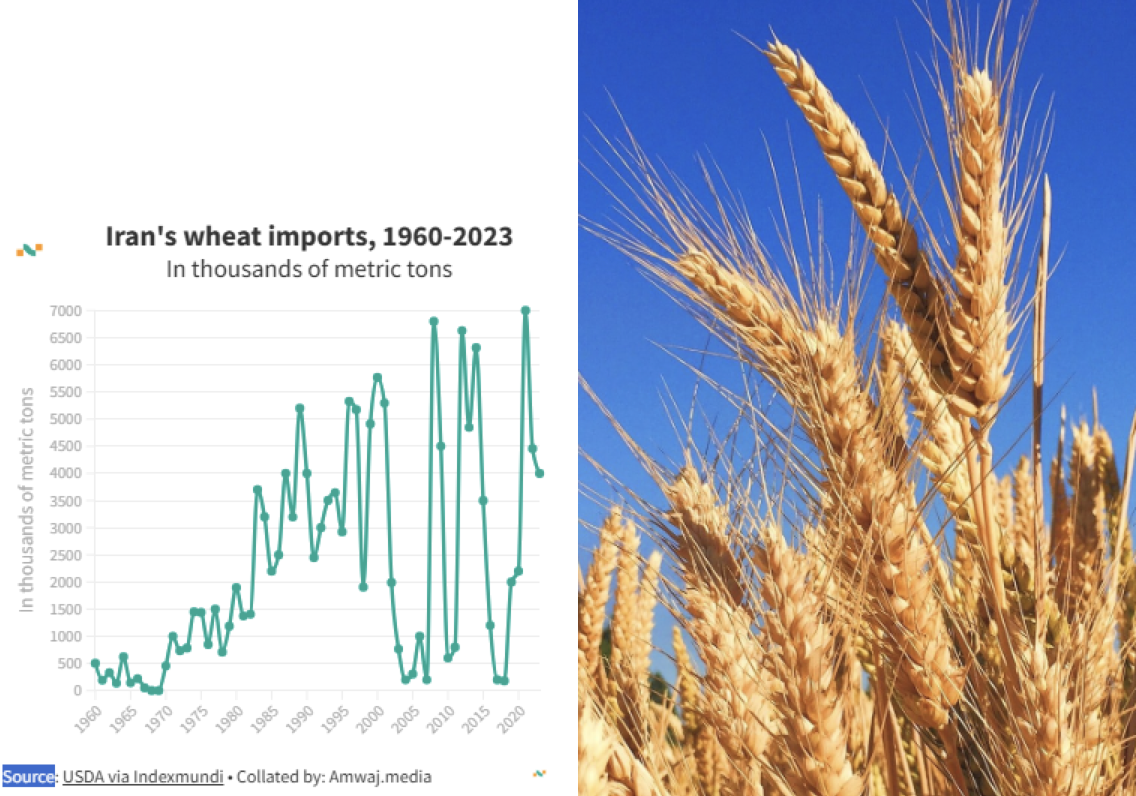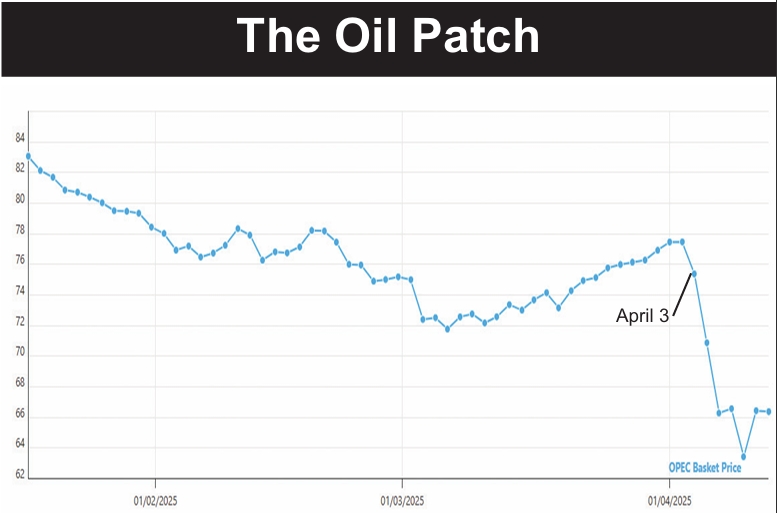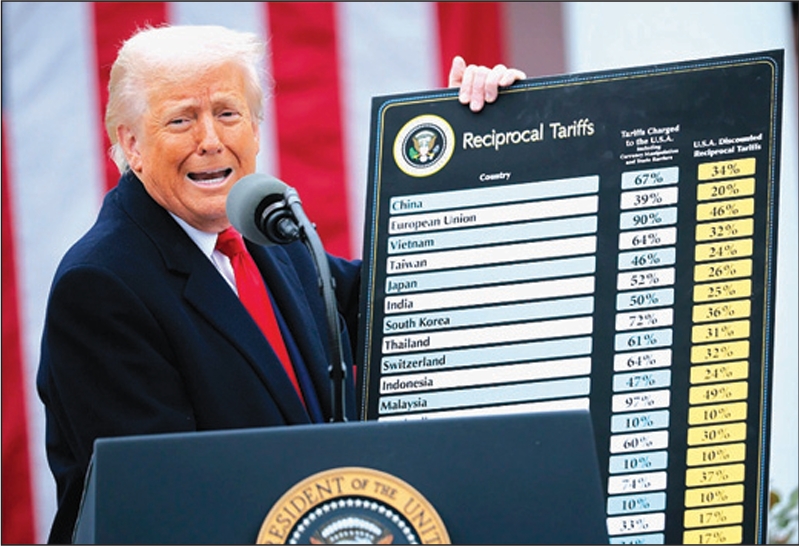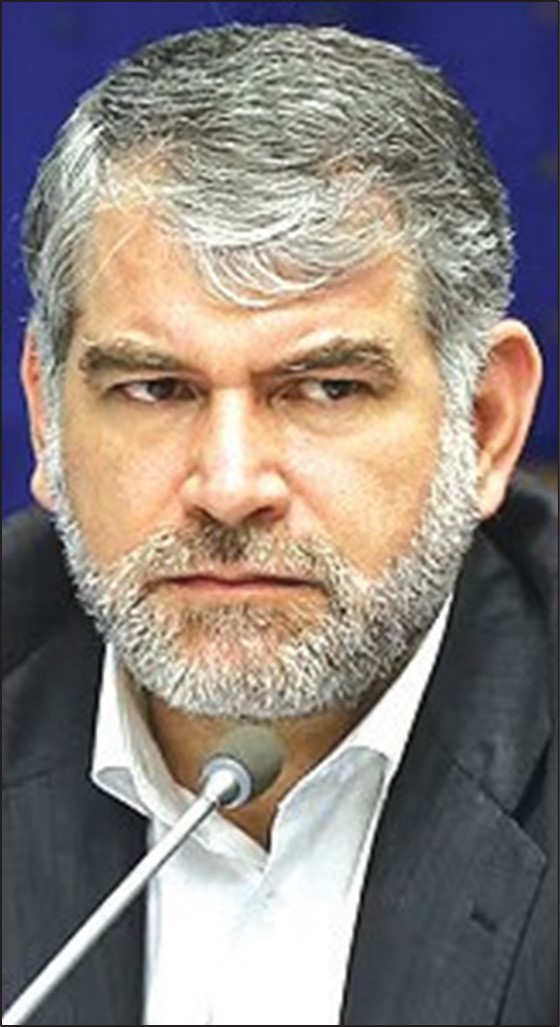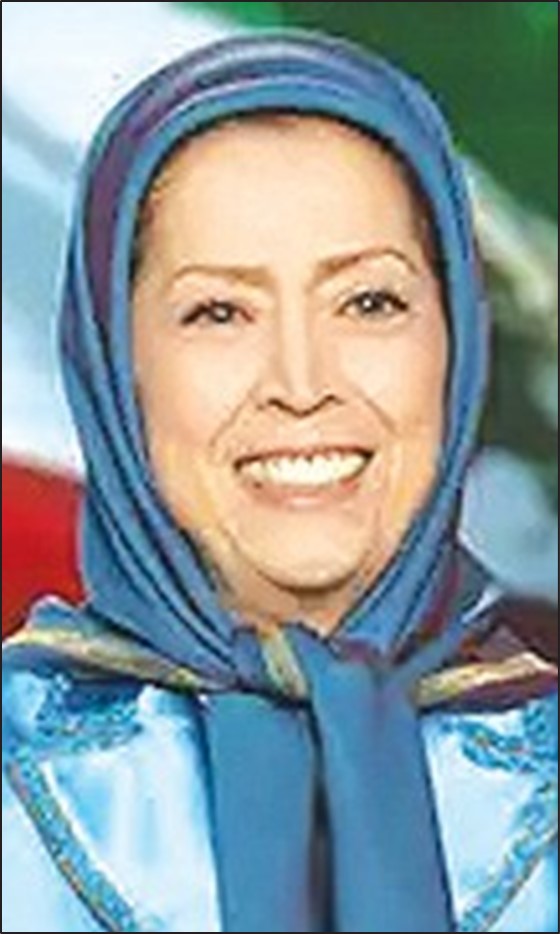has won his four-year fight to stay in Canada. But even if he hadn’t won, he would have stayed in Canada because the Islamic Republic said it wouldn’t take him back.
Last Wednesday, Ottawa allowed Soofi to stay and opened the way for him to apply for permanent residency.
“I thank Canada for accepting me, and I will try to be a very good citizen for this country,” Soofi told the Toronto Star after the decision. “The Canadian government was fair enough to accept that it had made a mistake, and they fixed it.”
Soofi’s refugee claim had earlier been rejected by Citizenship and Immigration Canada, which said he was not at risk if he returned to Iran. But he appealed the decision, claiming that the worsening situation for human rights in Iran would endanger him. Friends said he was in danger on both religious and political grounds.
The 43-year-old engineer came to Toronto as a student in 2004, then spoke publicly about his conversion to an Eastern religious sect. He also helped recruit others in the Iranian-Canadian community to join the Sahaja Yoga Meditation Community.
And during Iran’s 2009 post-election protests, Soofi joined demonstrations in Toronto, and criticized the clerical regime on Farsi-language radio broadcasts.
He joined a Facebook page called “I am not a Muslim,” and also compared Grand Ayatollah Ruhollah Khomeini with Adolf Hitler.
But only days before Canada gave him asylum, Iran’s embassy in Ottawa said the lslamic Republic would refuse to take him back if Canada sought to deport him.
“Any Iranian citizen who wants to live in another country can return [to Iran] if he wishes, but nobody can force him,” an official at the embassy told the Toronto Star. “He must come to the embassy and make the request. If [Soofi] was sent back, he would be returned to Canada.”
Earlier Soofi told the Star, “I had a good job in Iran, but I came here and worked hard so I could know what it’s like to live in freedomÖ. Canada speaks out against the abuses that are happening in Iran, but it sends people back when they are facing the very same kind of punishment.”
The Canadian Immigration Ministry said it reviewed Soofi’s case and checked all the boxes: risk of persecution, risk of torture, risk to life, risk of cruel or unusual punishment. It said it found no danger. In the end, it decided to allow him to stay as a humanitarian gesture, not because the ministry found he qualified for asylum. The change of heart came after the Toronto Star ran a huge feature on Soofi that generated much support for him.
Soofi’s sister lives in Denver and is a US citizen. His parents hold US green cards and live with his sister. Soofi’s brother lives Toronto and is a Canadian citizen.
Soofi discussed his background with the Star. “I‘ve always questioned religion,” he said. “As a teenager in Iran, I was thinking, ‘Why should I be a Muslim?’ and, ‘Why should I be a Shiite?’ If that faith is damaging our country, we should leave it.”
Born into a well-to-do family of Kurdish origin, Soofi said he grew up with a vision of a world where people of all faiths and backgrounds could meet on common ground.
But as a university student, he concluded that it would not be happening in Iran anytime soon. He completed his studies, but his metallurgical engineering degree was denied him without explanation.
After his brother immigrated to Canada, Soofi decided to follow him. In 2004, on a two-year renewable student visa, he arrived in Toronto and studied English. When his savings ran out, he started a house painting business, which he still operates.
But his spiritual thirst remained unquenched. He renounced Islam and joined the Sahaja Yoga sect, which had a small but active branch in Toronto. An eclectic philosophy that draws on world religions, it was launched by the Indian guru Shri Mataji Nirmala Devi, who taught meditation that promotes “innocence, creativity, peace, love and compassion and forgiveness.”
He became an enthusiastic follower, and recruited other Iranian-Canadians through Farsi-language leaflets, newspaper articles, Internet ads, and public meetings. “About 500 people signed up for our seminars,” he says. “It wasn’t a huge number, but it was a start.”
But Soofi went beyond conversion. He joined a Facebook group trumpeting, “I am not a Muslim”—poking the clerical regime in the eye.
Then came Iran’s 2009 presidential election. Soofi felt frustrated and helpless. “I couldn’t just stand by and watch what was happening in Iran,” he says. He joined local protests, went on Farsi radio shows and wrote against the regime in social media.
On January 11 this year, he went to a hearing on his application for asylum. “When I arrived, there was a young officer waiting. He gave me the result of the pre-removal assessment and said I was rejected. He said, ‘You must leave as soon as possible’.”
Soofi’s jaw dropped. “The officer told me, ‘You can appeal, but first you must go back to Iran.’ I was stunned. I said, ‘You’re sending me back so they can kill me and then I’ll win the case?’”
He says he was told to talk to a manager in a nearby room. “But instead of a manager, there were officers with guns and handcuffs. They took me away. They took everything out of my pockets and put me in an immigration holding center.”
Soofi began an 11-day hunger strike. “What else could I do?” he asks. “I was cut off from the world, I was handcuffed and sent to jail. I’ve paid taxes in Canada and never asked for anything from the government, and I was treated as an armed criminal.”
Amnesty International was concerned enough to write a detailed, three-page letter on Soofi’s plight.
“Should [he] be forcibly returned to Iran, it is highly likely that upon arrival he will be questioned about his activities abroad,” it said. “If the authorities are aware of [Soofi’s] failed asylum claim and subsequent media coverage, his Facebook activities and participation in demonstrations, he would be charged with promoting propaganda against the Islamic Republic.”
Houchang Hassan-Yari, an Iranian-born professor of international relations at the Royal Military College of Canada, also testified about the risk that Soofi faced.
“There seems to be a contradiction between the policy of government departments and the prime minister on this issue,” he told the Star. “Since the killing of Zahra Kazemi [the Canadian photojournalist beaten in Evin prison who died in 2003], the government has been actively involved in condemning Iran’s human rights record at the UN. What, then, is its rationale for sending Soofi back?”
Soofi’s hunger strike ended when he was granted a stay of deportation in February, but his troubles were far from over.
The Immigration Ministry said it “does not condone Mr. Soofi’s behavior in intentionally seeking attention in the hopes of strengthening his claim for protection.”
Then, at a bail hearing, an official representing the Canadian Border Services Agency testified that Soofi had “exacerbated his own circumstances by deliberately making himself the subject of considerable publicity in Canada.”
She argued that he was showing “disrespect” for the deportation decision, and “does not have any rights of a citizen.” And she accused his supporters of “not expressing regard for the laws of Canada” by peacefully protesting—claims that were later retracted in an email from the agency to the Star, acknowledging that “the fundamental freedoms” including peaceful assembly “apply to all persons in Canada.”
In the end, the Canadian government reversed itself, without an explanation so far. It canceled the review of Soofi’s application for asylum and just granted him residency in Canada as a humanitarian gesture.
But regardless of what the Canadian bureaucracy decided, Soofi was fated to stay in Canada since Iran would not take him back.
In the United States, there are thousands of Iranians the United States has tried to send back to Canada—mainly felons who have completed their prison terms—but they remain in the United States because of that same policy to refuse to take back deportees.


